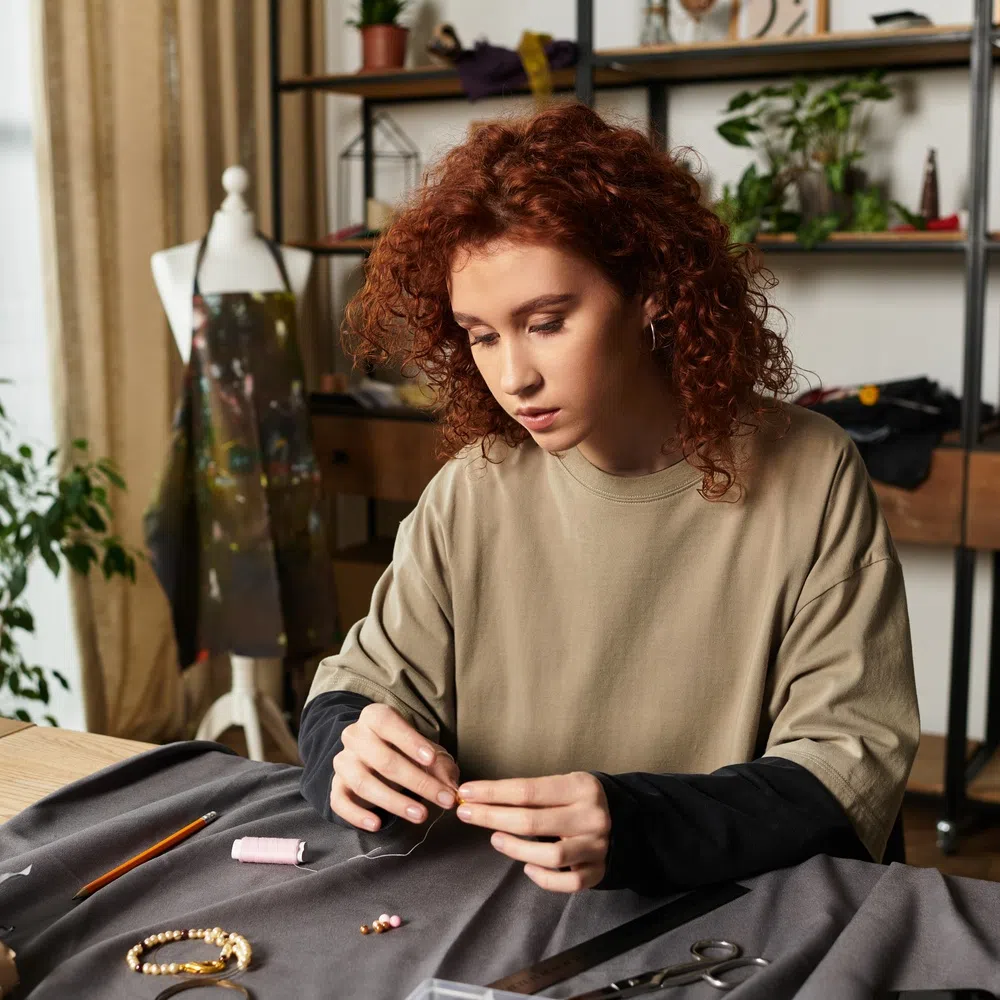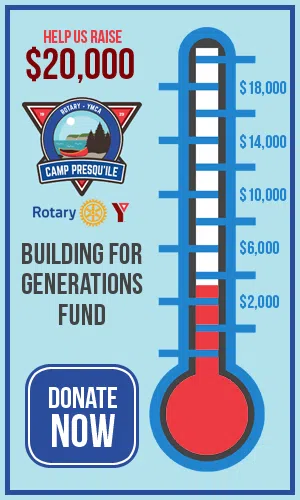Turning old materials into something new sparks creativity and reduces waste. Whether you’re repurposing fabric scraps or giving furniture a second chance, upcycling delivers meaningful results.
Keep reading as we outline five practical benefits of upcycling materials for DIY projects, helping you save money, minimize environmental impact, and enhance personal style.
1. Save Money While Elevating Your Space
Upcycling allows you to transform existing items into unique, personalized pieces without the need for costly new supplies. Instead of purchasing brand-new materials, you can creatively repurpose items you already own or hunt for hidden gems in thrift stores and flea markets at a fraction of the retail price.
By adding your personal touch through painting, embellishing, or redesigning, you’ll create distinctive, one-of-a-kind pieces that reflect your style, all while avoiding the high costs associated with buying new, retail-ready items.
2. Reduce Waste with Purposeful Creations
Every DIY endeavor that utilizes upcycled materials not only reduces waste but also encourages creativity and resourcefulness. Globally, millions of people discard vast quantities of clothing, furniture, and building materials each year, often ending up in landfills that contribute to environmental degradation.
By reimagining and repurposing these items into new, useful objects, you’re promoting a cleaner, healthier planet and inspiring sustainable living—one small, impactful step at a time.
3. Personalize to Match Your Aesthetic
Repurposed projects offer a unique opportunity to showcase your personal style and creativity. You can turn fabric scraps with your favorite patterns into custom textiles or transform old wooden furniture into sleek, modern decor. These projects let you express your individuality by combining functionality with visual appeal, resulting in one-of-a-kind items that reflect your taste.
Here are some examples of repurposed projects:
- Turning vintage fabric scraps into decorative throw pillows
- Transforming pallet wood into a mid-century modern coffee table
- Upcycling glass jars into chic candle holders or storage containers
- Refurbishing old chairs with new fabric or paint for a fresh look
- Creating personalized art from leftover paint and materials
- Converting old doors into headboards or unique room dividers
These projects not only help reduce waste but also allow you to customize your living space in a meaningful way.
4. Boost Creativity Through Problem-Solving
Giving new life to forgotten materials sparks the imagination and promotes sustainability. For instance, trimming old curtain fabric into stylish throw pillow covers transforms ordinary textiles into decorative accents for your home.
Similarly, repurposing sheet metal for fabrication projects allows for creative construction and artistic expression. These approaches not only produce unique, personalized solutions but also make each project an enjoyable, hands-on learning experience that encourages resourcefulness and environmentally conscious craftsmanship.
5. Build Skills with Every Project
Upcycling enhances practical skills such as measuring, cutting, sanding, and painting. Each project presents a unique opportunity to experiment with various tools and materials, enabling you to refine your precision and technique. As you progress, your confidence grows, and you create more valuable and personalized items.
Upcycling offers an opportunity to be creative while creating functional and beautiful items. The benefits of upcycling materials for DIY projects include reducing waste, supporting sustainability, and encouraging resourceful thinking. It’s a rewarding way to develop your creative skills, adopt a greener lifestyle, and take pride in giving materials a second life.
Image Credentials: Photographer: LIGHTFIELD STUDIOS File #: 1428860455





Comments